歌碑2「立山の賦」-高岡市万葉歴史館 屋上庭園Monument No.2 “A Poem on Mount Tachiyama” - Rooftop of the Takaoka Manyo Historical Museum
2022年07月13日
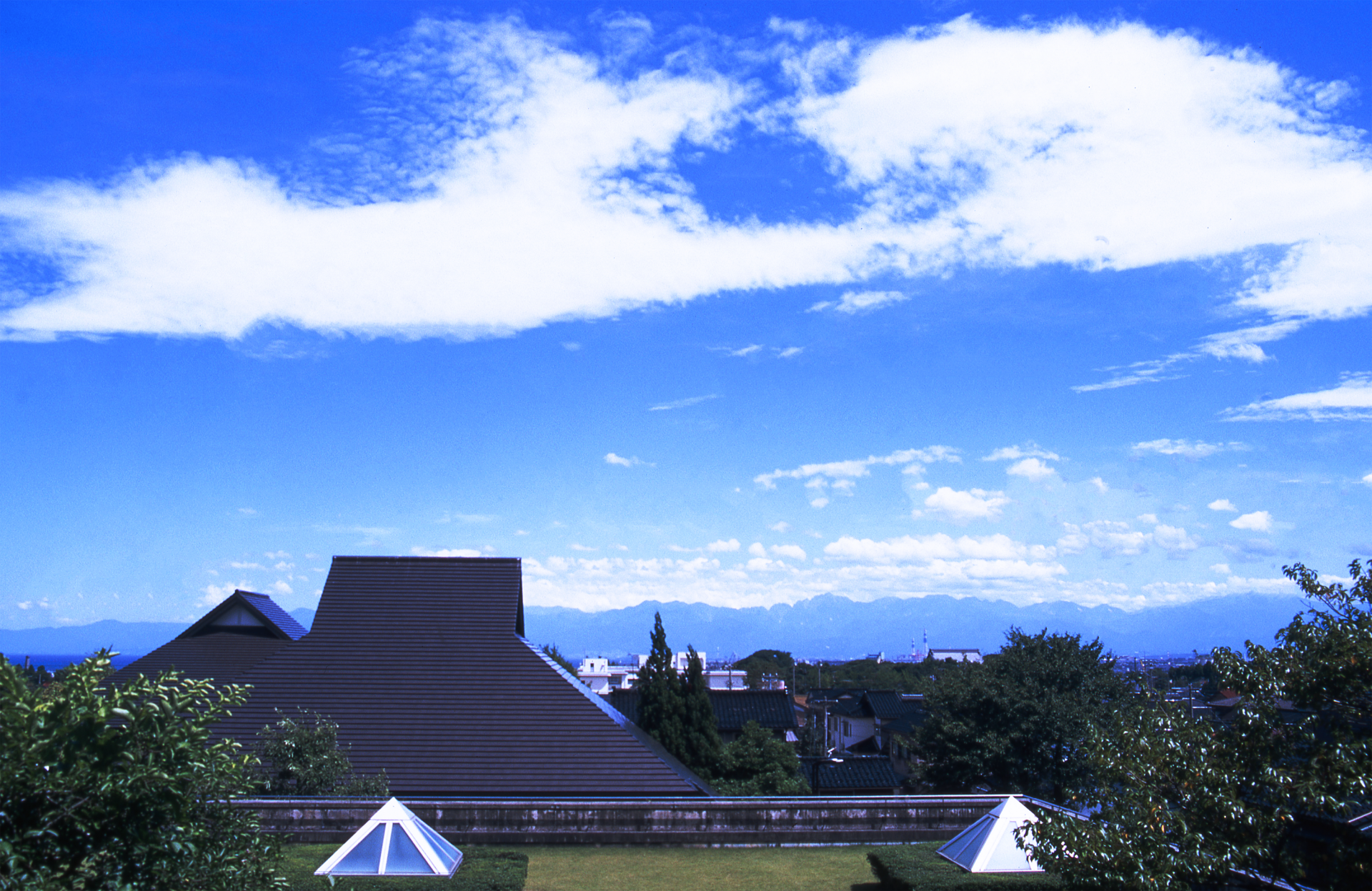
ここでの立山は立山連峰一帯を指すとも、その中の特定の山を指すとも言われる。いずれにしても、冒頭に「鄙に名かかす」とあるように、立山は当時この地で既に名高い山だった。一方で、題下注にわざわざ「この立山は新川郡にあり」と記していることからしても、都では知れ渡っていなかったらしい。
Mount Tachiyama (present-day Tateyama) in this poem refers to the entire Tachiyama mountain rage as well as to a specific mountain within that range. As it says in the poem, this mountain was famous even in remote regions far from the capital. The inclusion of the mountain in the Man’yōshū helped spread the word of its beauty.
![万葉歌めぐりの旅[Man'yōshū Literary Pilgrimage]](https://www.manreki.com/manyo-songs/images/common/pic_logo.svg)




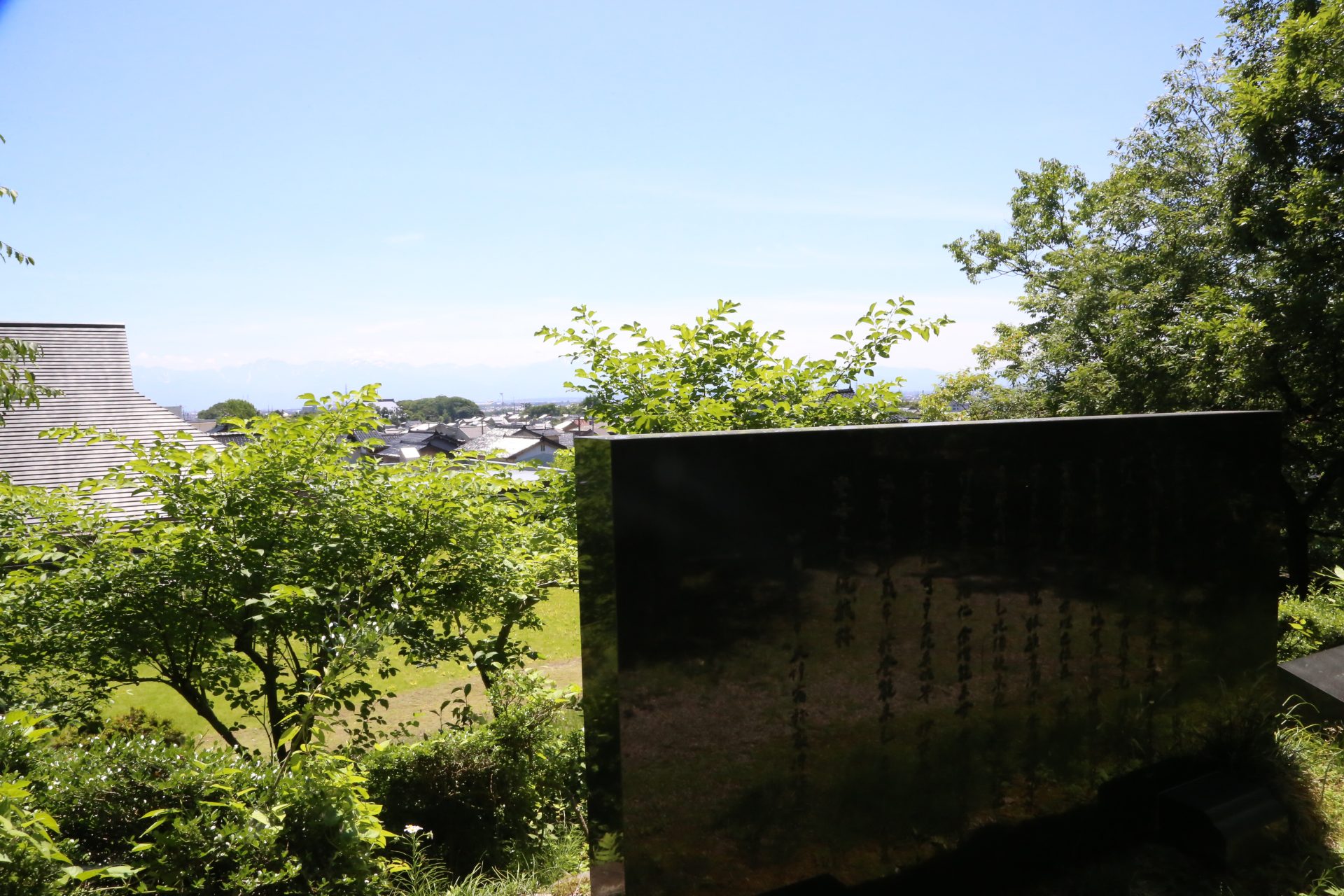

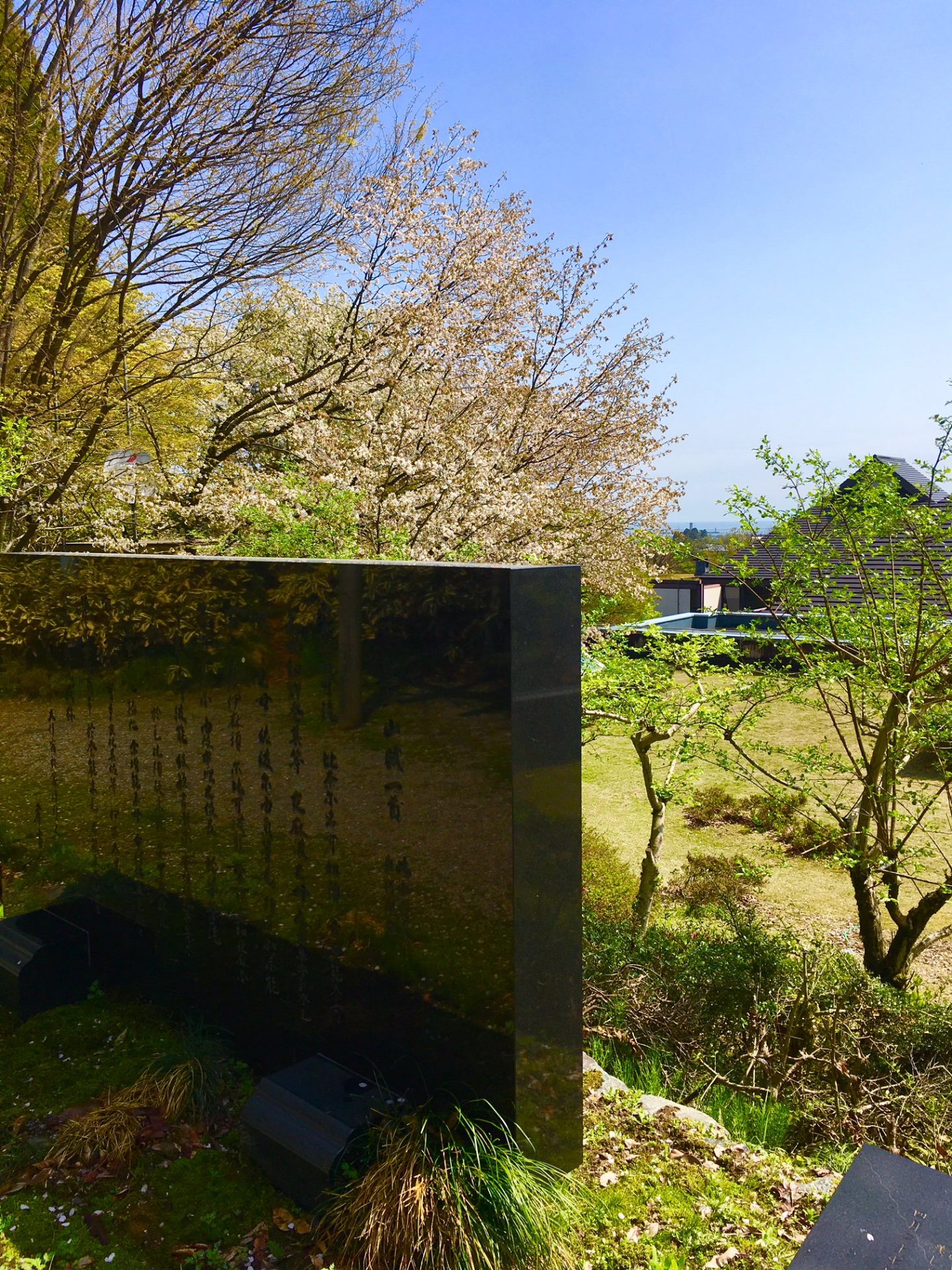
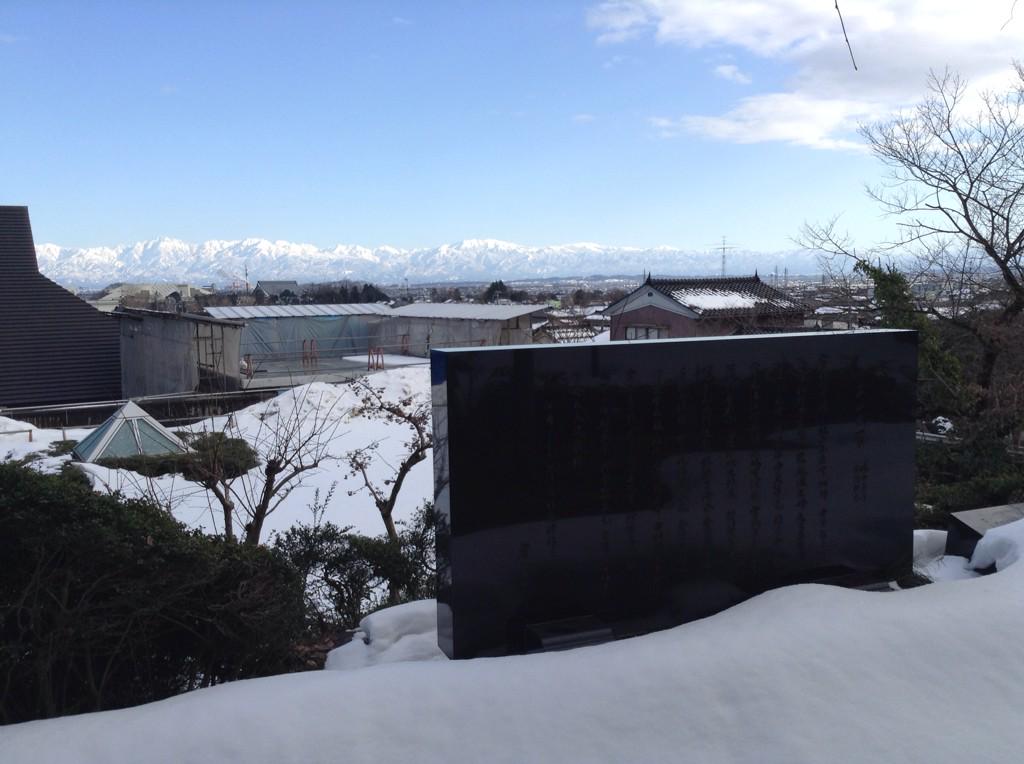
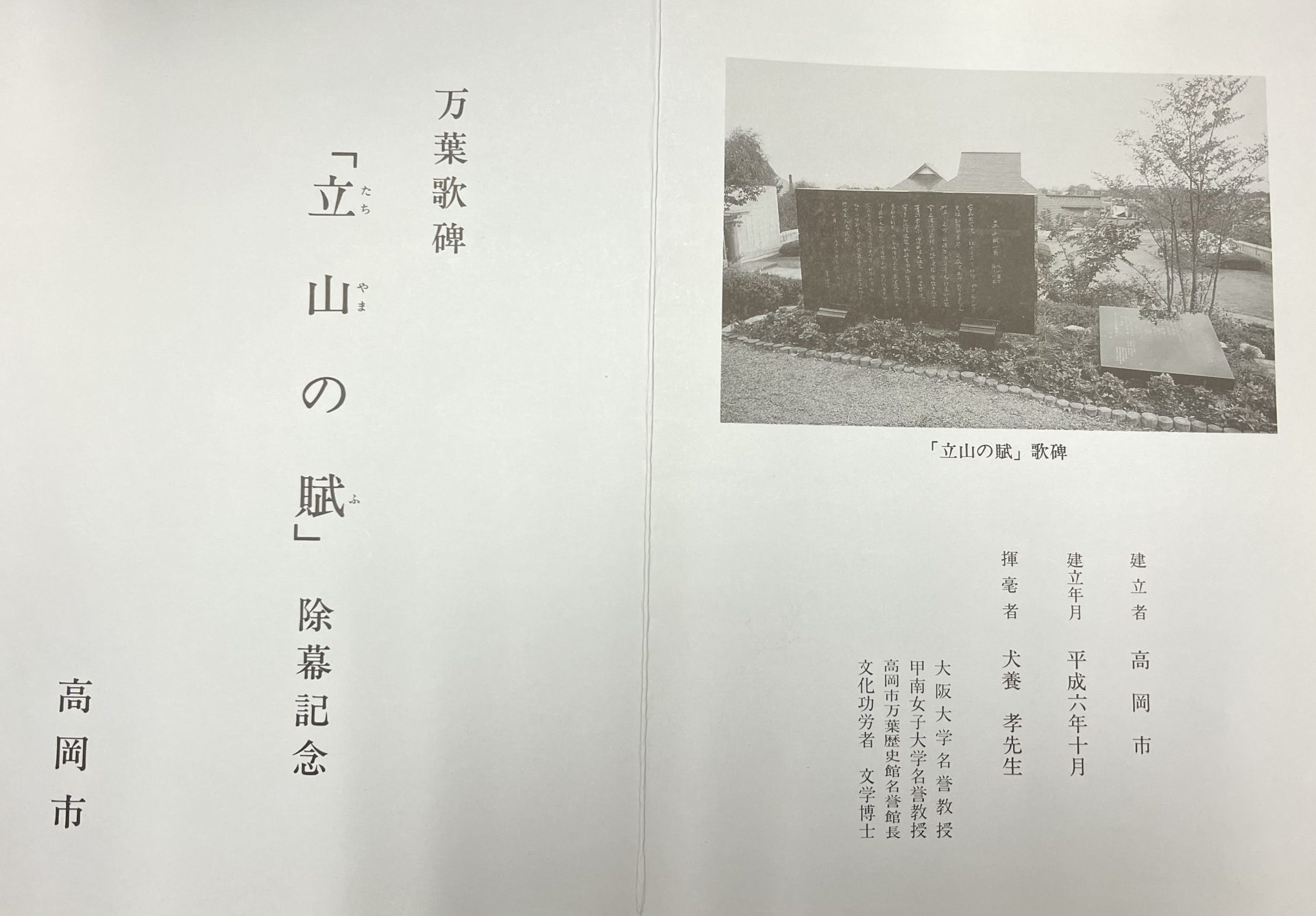
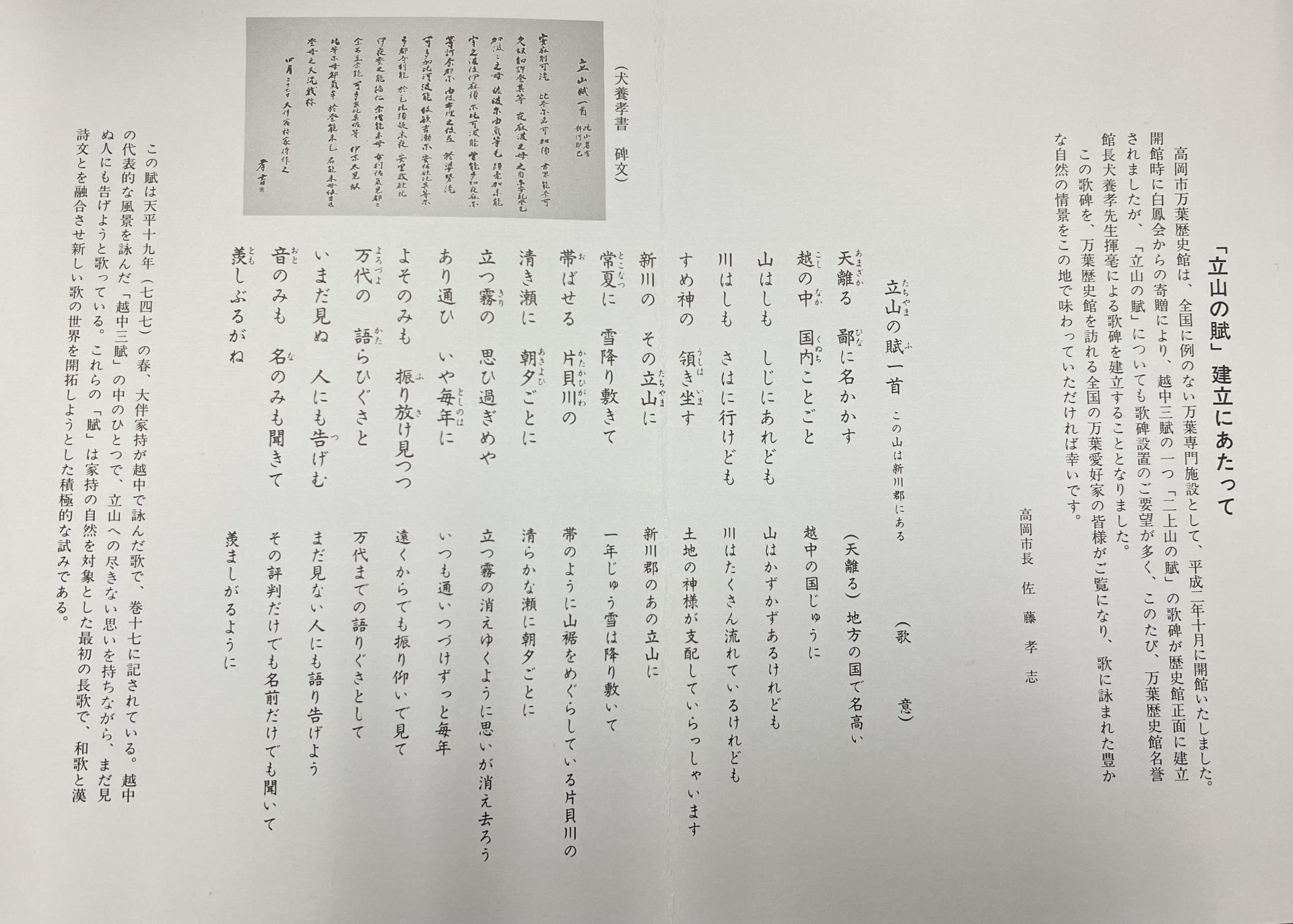



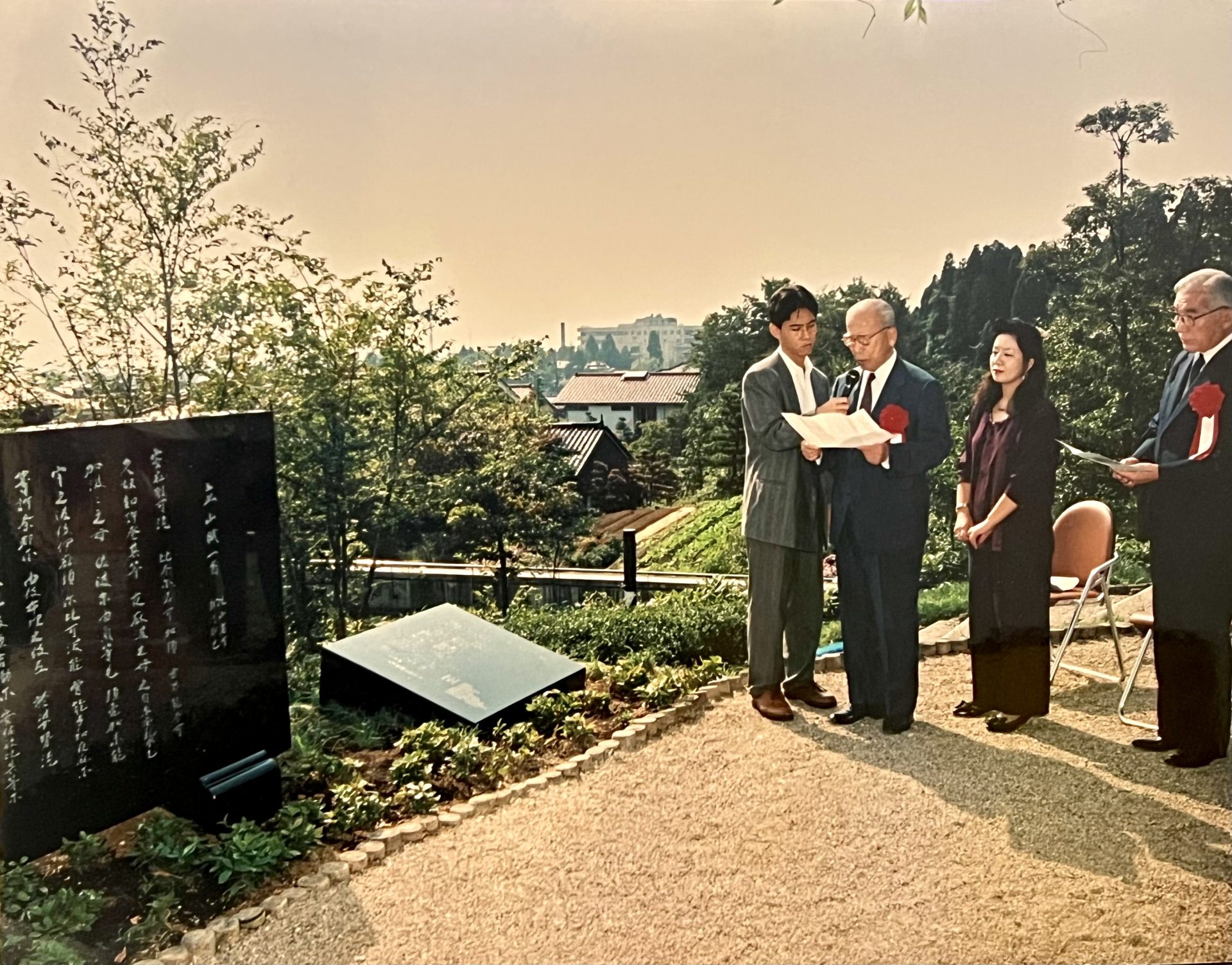




解説
Commentary
立山の賦-たちやまのふ-
A Poem on Mount Tachiyama
『万葉集』の4000番の歌。『万葉集』は、7世紀前半から8世紀後半にかけての約130年間の歌を収めた現存日本最古の歌集で、4500首余りの歌が収められている。この歌の作者は大伴家持(718?~785)、『万葉集』でも最も多くの歌を残す歌人である。
長歌一首、短歌二首からなる「立山の賦」の長歌。ここでの立山は立山連峰一帯を指すとも、その中の特定の山を指すとも言われる。いずれにしても、冒頭に「鄙に名かかす」とあるように、立山は当時この地で既に名高い山だった。一方で、題下注にわざわざ「この立山は新川郡にあり」と記していることからしても、都では知れ渡っていなかったらしい。その意味では、こうして『万葉集』に収められることで、この歌そのものが立山の存在を「いまだ見ぬ 人にも告げ」る役割を担ったと言える。「この山は射水郡に有り」という題下注を伴う「二上山の賦」(巻17・3985~3987)や、「この海は射水郡の旧江村にあり」という題下注を伴う「布勢の水海に遊覧する賦」(3991~3994)と同様、越中の名勝を伝えた作である。
なお、この歌は4002歌の後に記された左注によれば、天平十九年(747)四月二十七日に作られたという。大伴池主の館で催された宴(巻17・3995題詞)の翌日である。その宴では「布勢の水海に遊覧する賦」とそれに対する池主の敬和歌が披露されたようで(3994左注)、そのことが同じく越中の名勝を詠う作として「立山の賦」を制作することに繋がったと想像される。
この歌は、当時、山が神聖視され、その美しさが賞賛されるだけでなく、崇拝の対象にもなっていたことをよく表している。高岡市万葉歴史館の屋上庭園に歌碑が立つ。
(解説 ピーター・J・マクミラン)
This is poem number 4000 of the Man’yōshū, the oldest existing collection of poetry in Japan. The Man’yōshū consists of over 4,500 poems and was compiled over a period of around 130 years, from the first part of the 7th century to the latter part of the 8th century. The author of this poem is Ōtomo no Yakamochi.
This is a three-part poem called entitled “A Poem on Mount Tachiyama,” consisting of one long section (chōka) to which are appended two short tanka poems (hanka). Mount Tachiyama (present-day Tateyama) in this poem refers to the entire Tachiyama mountain range as well as to a specific mountain within that range. As it says in the poem, this mountain was famous even in remote regions far from the capital. The inclusion of the mountain in the Man’yōshū helped spread the word of its beauty. Like the poems depicting Mount Futagami in Imizu County (poems no. 3985-3987), and the poems describing the tour of Lake Fuse, also in Imizu County (poems no. 3991-3994), this poem adds to the descriptions of the many scenic spots of Etchū (modern day Toyama).
According to the note to poem number 4002, the present poem was written on the 27th of the fourth month, 747, the day after the banquet held at Ōtomo no Ikenushi’s residence (poem no. 3995). At that banquet, a poem on the tour of Lake Fuse was read, along with Ikenushi’s response. It is thought that these poems prompted Yakamochi to write the present poem about Tachiyama, describing another scenic spot in Etchū. The poem conveys the belief at the time in the sacredness of mountains, which were not only admired for their beauty but were also objects of worship.
This waka poem stone monument stands on the roof garden at the Takaoka Manyo Historical Museum.
(English Translation and Commentary by Peter Macmillan)